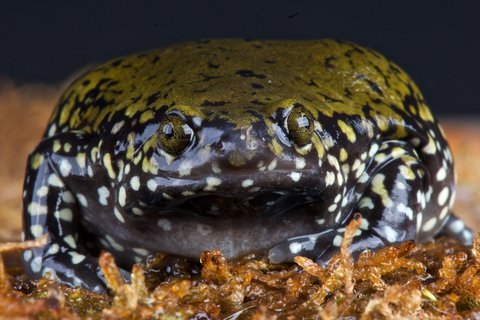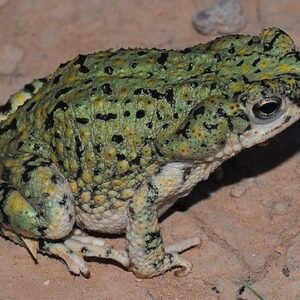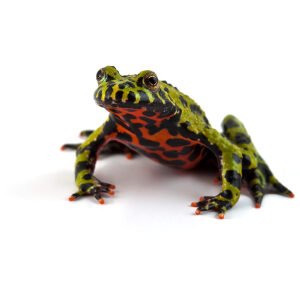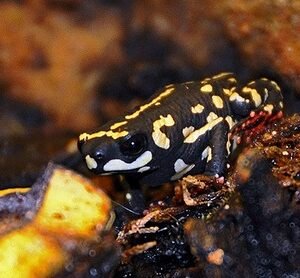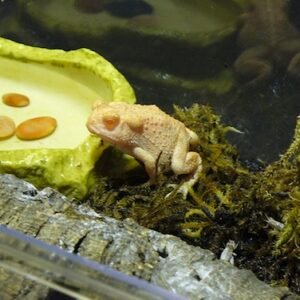Understanding Termite Frogs: Biology and Habitat
Termite frog, members of the Microhylidae family, exhibit unique biological traits that are not only fascinating but also significant for potential pet owners. These small amphibians typically grow to a size of about 4 to 7 centimeters in length, with their body shape being somewhat flattened. Their coloration can vary, with some species showcasing a blend of earthy tones that provide excellent camouflage in their natural habitat. This adaptation is essential as it helps them evade predators in the wild.
These frogs display intriguing behavioral characteristics, primarily due to their specialized diet. Termite frogs have evolved a symbiotic relationship with termites, which serves as their primary food source. They possess the remarkable ability to locate termite mounds, harnessing their specialized vocalizations and olfactory capabilities to attract these insects. As a result, the diet of termite frogs consists predominantly of various termite species, which they capture by extending their long, sticky tongues.
In their natural environment, termite frogs are generally found in tropical regions, particularly in moist forests, where consistent humidity and warmth are crucial for their survival. These frogs thrive in environments with rich leaf litter and abundant organic matter, which provides them not only with food resources but also with suitable places to hide and breed. For those interested in keeping termite frogs as pets, it is vital to replicate these specific environmental needs. An ideal enclosure should maintain a temperature range between 24 to 30 degrees Celsius and a humidity level of around 70% to 80%. Providing adequate space with plenty of organic substrate and hiding spots is also essential to mimic their natural habitats, fostering their health and well-being as pets.
Caring for Your Termite Frog: Tips and Best Practices
Caring for a termite frog requires a commitment to understanding its unique needs, ensuring both its health and well-being. These fascinating amphibians primarily thrive on a diet of live termites, but other insects like crickets can also provide essential nutrition. Prospective owners can source termites through specialized pet suppliers or, for those in suitable environments, by collecting them from their natural habitats. It’s crucial to ensure the insects are fresh and free from pesticides, as these chemicals can be harmful to your pet.
Creating an appropriate habitat is paramount for the termite frog. These creatures prefer a moist environment that mimics their natural rainforest habitat. A terrarium with plenty of hiding spots, such as logs or leaf litter, can be beneficial. Maintaining humidity levels between 60% to 80% and providing a shallow water dish for hydration are vital aspects of habitat maintenance. Regular cleaning of the terrarium, including the removal of uneaten food and waste, helps prevent the development of harmful bacteria.
Regular health check-ups should also be part of your care routine. Observing your termite frog’s behavior and appearance can help identify potential health issues early on. Any changes in appetite, activity levels, or physical appearance warrant a consultation with a veterinarian experienced in exotic pets. Handling your termite frog gently and minimizing stress during interactions are essential for fostering a positive relationship with your pet. While they may not be as social as traditional pets, some termite frogs can benefit from gentle handling.
Understanding potential behavioral or health issues will prepare owners for challenges they may encounter. Common concerns include lethargy or refusal to eat, often related to environmental factors or stress. Addressing these aspects promptly allows for timely intervention, ensuring that your termite frog remains a healthy and unique companion. By following these tips and best practices, you can provide a nurturing environment for your termite frog, enriching both its life and yours.

